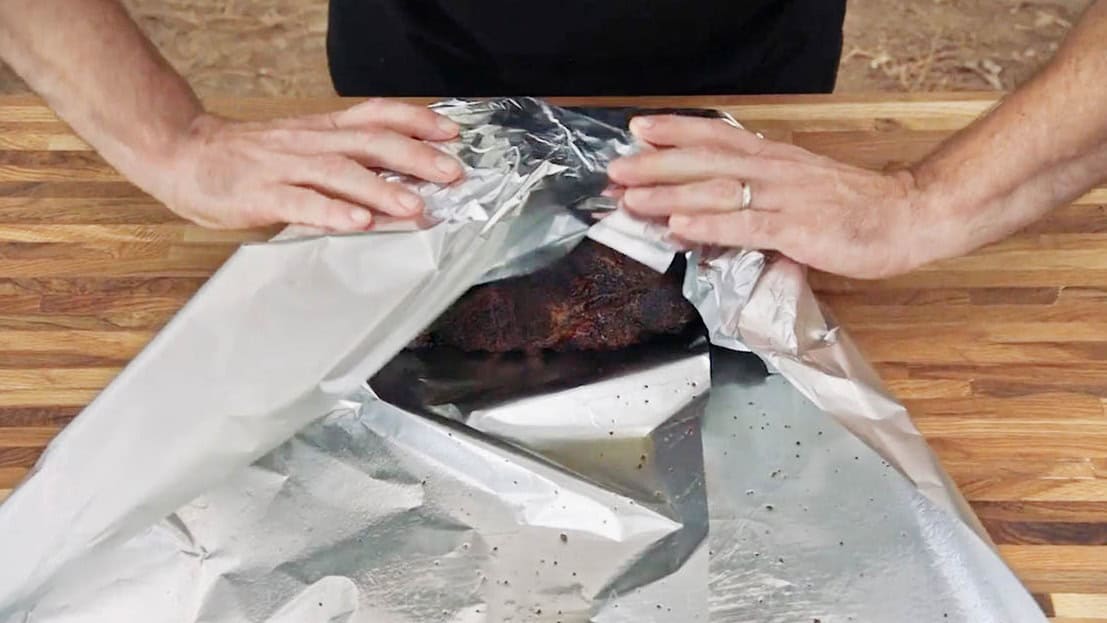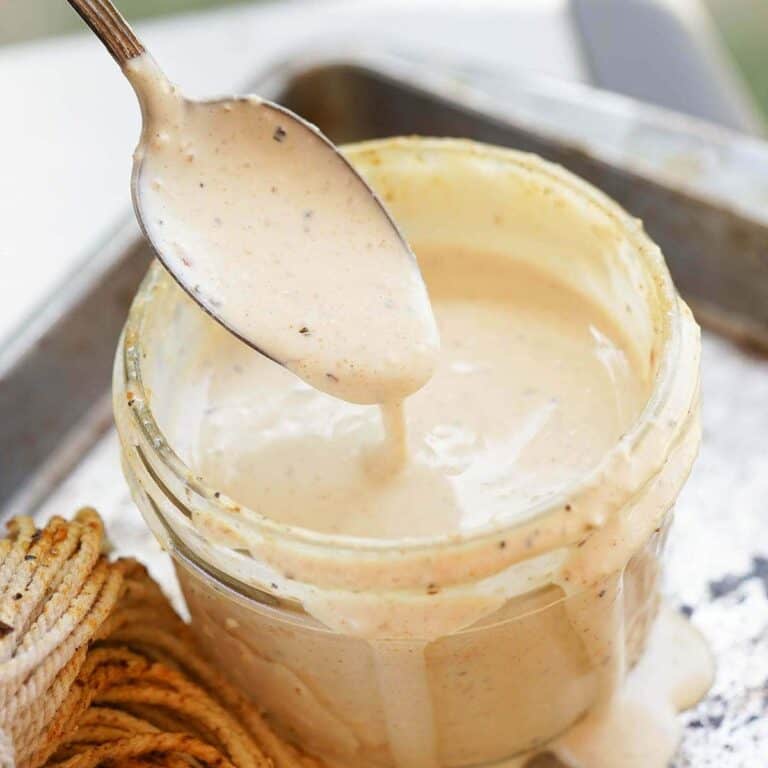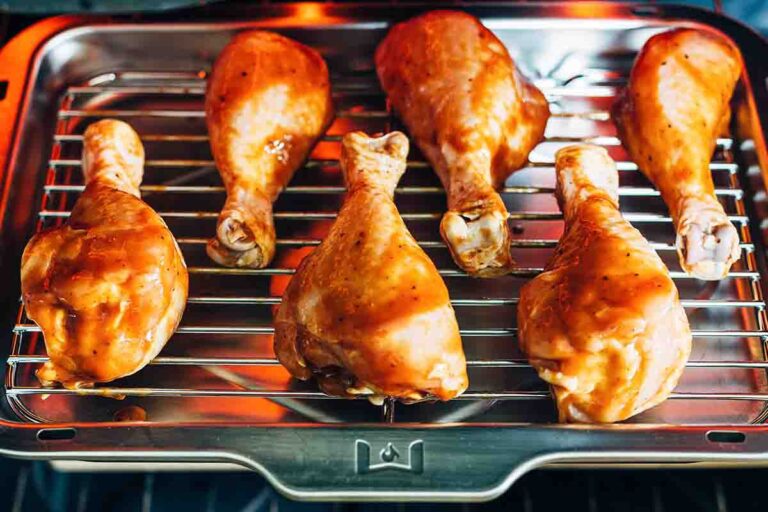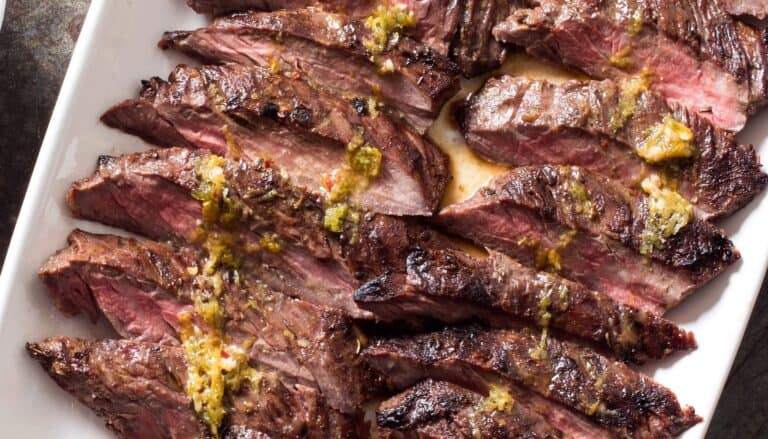When to Wrap Pork Butt?
If you’ve ever sunk your teeth into a perfectly smoked, melt-in-your-mouth piece of pork butt, you know it’s a thing of beauty. But achieving that level of perfection? It’s a journey filled with smoke, patience, and a little bit of wrapping magic.
Enter the “Texas Crutch,” a tried-and-true technique that BBQ pitmasters swear by to push through the dreaded stall and lock in all that juicy goodness. If you’re wondering when to wrap pork butt to ensure the most tender, flavorful results, you’re in the right place. Whether you’re a seasoned smoker or just starting out, this guide will walk you through the when, why, and how of wrapping pork butt, turning your BBQ game from good to legendary.
So grab your smoker, a roll of foil or butcher paper, and let’s get that pork butt wrapped up and ready to impress!

Why Wrap Pork Butt?
Wrapping pork butt, also known as the “Texas Crutch,” helps speed up the cooking process, maintain moisture, and ensure a tender final product. It’s a popular technique among pitmasters for achieving that mouth-watering, fall-apart tenderness.
When to Wrap Pork Butt
- The Magic Temperature: Most BBQ experts recommend wrapping the pork butt when it hits an internal temperature of 150°F to 160°F (65°C to 71°C). This is typically when the meat hits the “stall,” a period where the temperature stops rising due to moisture evaporating from the surface.
- The Stall: Around the 4-6 hour mark (depending on the size of your pork butt and the cooking temperature), the internal temperature of the pork will plateau. This is the perfect time to wrap it up and power through the stall.
- Visual Cues: If you’re more of a visual person, look for a nice, dark bark (crust) on the exterior of the meat. The bark should be well-formed but not burnt. If it’s looking perfect and the internal temp is in the right range, it’s wrapping time.

What is Wrapping a Pork Butt?
Wrapping a pork butt is a fundamental technique in the world of low and slow barbecue cooking, especially when aiming to achieve tender, mouth-watering pulled pork. The process involves encasing the pork butt – also known as a pork shoulder – in a layer of aluminum foil or butcher paper once it has reached a certain internal temperature during cooking.
This method, commonly referred to as the “Texas Crutch,” helps to speed up the cooking process, prevents the meat from drying out, and allows the pork butt to push through the infamous “stall” – a temperature plateau that can be a true test of a pitmaster’s patience.
Essentially, it’s like giving your pork butt a cozy, protective blanket, helping it to reach its full potential of barbecue glory. Wrapping a pork butt is a crucial step in achieving that juicy, smoky, tender pork that has us all coming back for seconds…or thirds!

How to Wrap Pork Butt
Materials Needed:
- Heavy-duty aluminum foil or butcher paper
- Meat thermometer
- BBQ gloves (for handling hot meat)
- A sharp knife or kitchen shears (for cutting foil/paper)
- A large cutting board or work surface
- Optional: A spritz bottle with apple juice or apple cider vinegar for added moisture
Preparation:
- Prep the Pork Butt: Before you even think about wrapping, make sure your pork butt is properly prepped. This includes trimming any excessive fat, applying a generous layer of your favorite dry rub, and letting it sit for at least an hour to absorb the flavors.
- Preheat the Smoker: Fire up your smoker to a steady temperature of around 225°F to 250°F (107°C to 121°C). Use a wood of your choice—hickory, apple, and oak are all great options for pork.
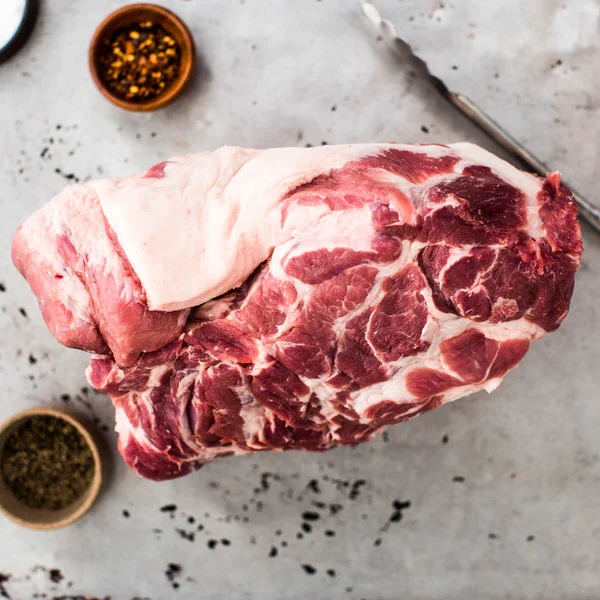
Smoking the Pork Butt: 3. Smoke Unwrapped: Place the pork butt directly on the smoker grates, fat side up. Close the lid and let the magic begin. Smoke the pork butt until the internal temperature reaches about 150°F to 160°F (65°C to 71°C). This usually takes around 4 to 6 hours, depending on the size of the meat and the temperature of your smoker.

- Monitor the Temperature: Use your meat thermometer to keep an eye on the internal temperature. The key here is patience—resist the urge to check too often, as opening the smoker can cause temperature fluctuations.
Wrapping the Pork Butt: 5. Prepare the Wrapping Material: Once the pork butt hits the target internal temperature, lay out two large sheets of heavy-duty aluminum foil or butcher paper on your work surface. If using foil, double up to prevent any tearing.
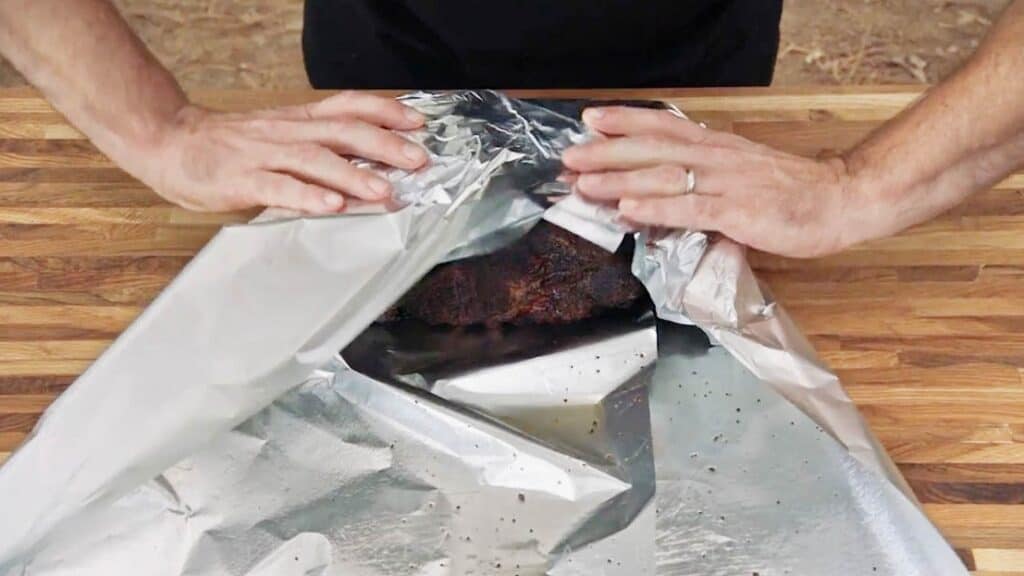
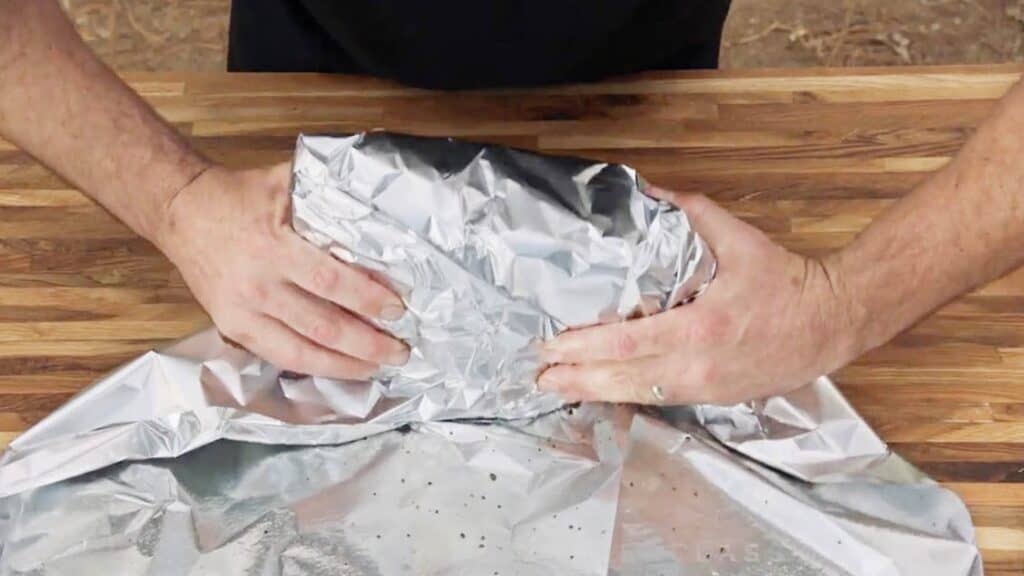
- Remove from Smoker: Carefully remove the pork butt from the smoker using BBQ gloves. Place it directly in the center of the foil or paper.
- Spritz (Optional): For added moisture, give the pork butt a light spritz with apple juice or apple cider vinegar. This step is optional but can enhance the juiciness and flavor.
- Wrap Tightly: Fold one side of the foil/paper over the pork butt, then fold the other side over, creating a snug package. Fold up the ends tightly, ensuring there are no gaps where steam can escape. The goal is to create an airtight seal.
Return to the Smoker: 9. Place Back on Smoker: Carefully return the wrapped pork butt to the smoker, placing it seam-side down to prevent the foil/paper from unraveling.
- Continue Cooking: Keep smoking until the internal temperature reaches 195°F to 203°F (90°C to 95°C). This is the range where the collagen and connective tissues break down, resulting in tender, pull-apart pork. This can take an additional 2 to 4 hours.

Finishing Touches: 11. Resting the Pork Butt: Once the pork butt reaches the desired temperature, remove it from the smoker. Leave it wrapped and let it rest on a cutting board or in a cooler for at least 30 minutes to an hour. This resting period allows the juices to redistribute throughout the meat.
- Unwrap and Shred: Carefully unwrap the pork butt. Use meat claws or two forks to shred the meat. You’ll know it’s perfect if it falls apart with little effort. Serve with your favorite BBQ sauce, and enjoy!

Tips and Tricks
- Foil vs. Butcher Paper: Foil holds in more moisture and speeds up the cooking process, but can soften the bark. Butcher paper breathes more, which maintains the bark better but may take longer to cook.
- Resting: After hitting the final internal temperature, let the pork butt rest (still wrapped) for at least 30 minutes to an hour. This helps redistribute the juices, making for even juicier pork.
Alternatives to wrapping your pork butt
If for some reason you’re not a fan of wrapping your pork butt, don’t worry, there are alternative methods that can still yield delicious results. Here are a few you might consider.
One method is simply going “naked,” where you smoke the pork butt without wrapping it at all. This method usually takes longer since you’re not helping the meat push through the stall, but it can lead to a significantly more pronounced bark – that crispy, flavorful crust pitmasters love. Just remember to maintain a consistent temperature and keep your smoker humid to prevent drying out the meat.
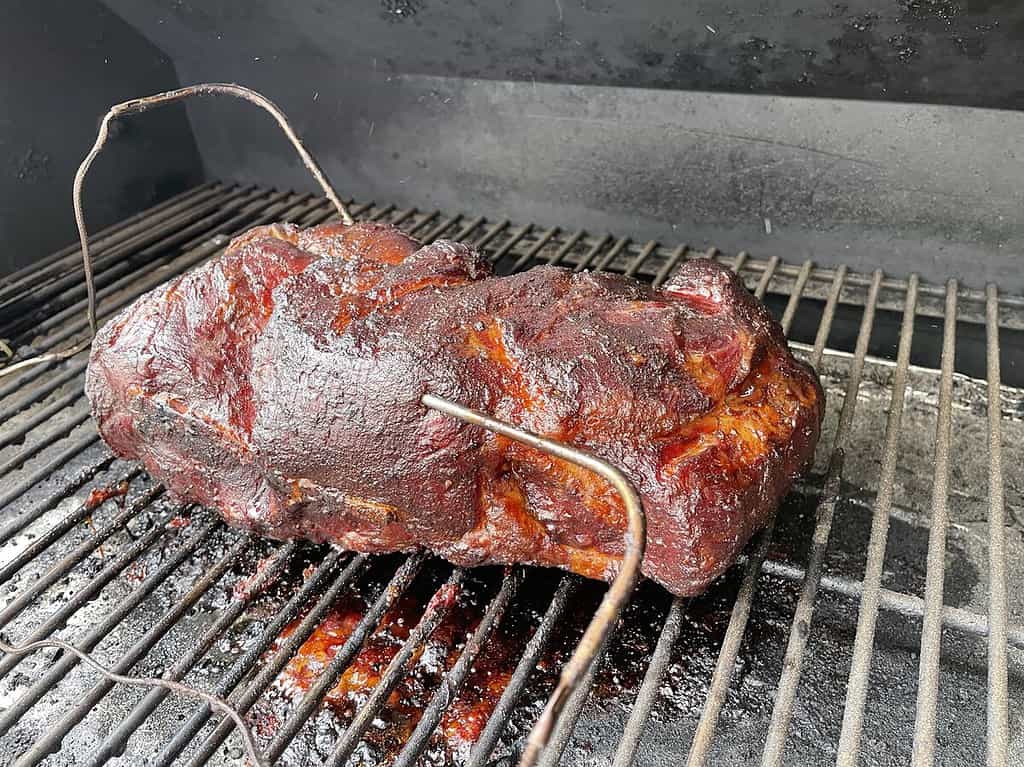
Another alternative is using a “crutch” without the wrap. This involves placing the pork butt in a covered pan with a bit of liquid (like apple juice, beer, or broth). This method helps to push through the stall, similar to wrapping, but without the need to wrap the meat directly.
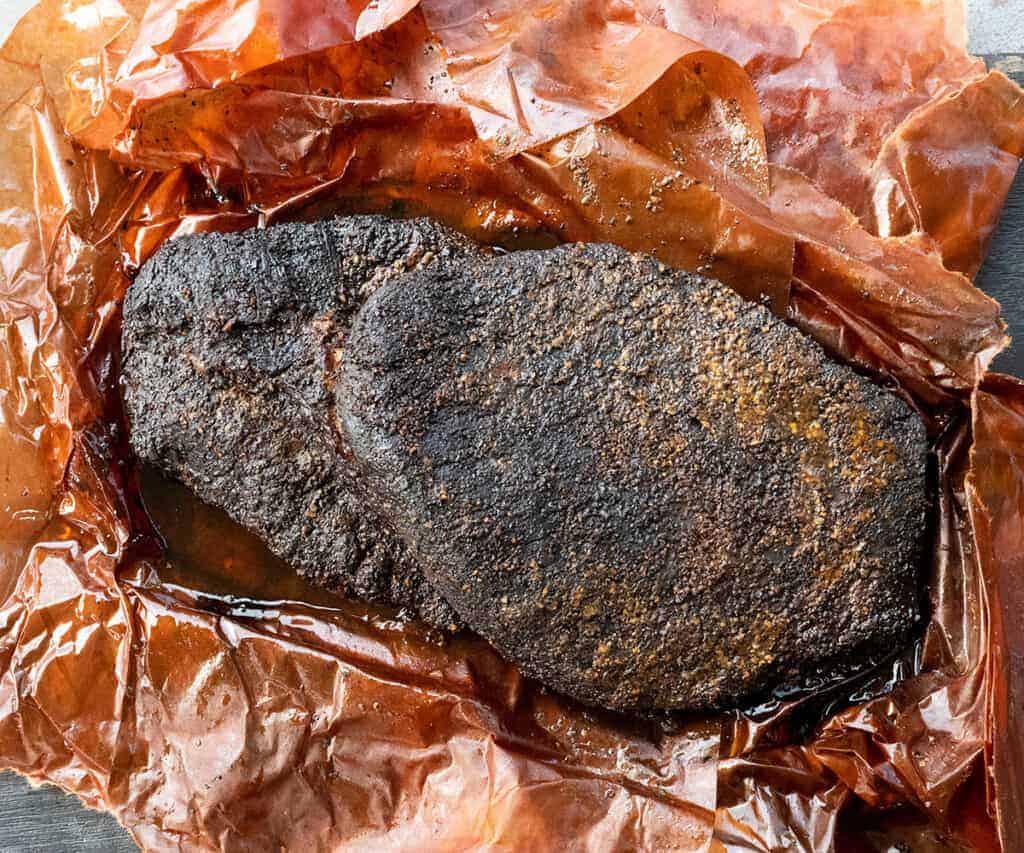
Finally, you could explore the world of injection marinades. Injecting your pork butt with a marinade before smoking can introduce extra flavor and moisture inside the meat, potentially reducing the need for wrapping. It’s an additional step in the prep process, but it can be a fun way to experiment with different flavors.

Remember, BBQ is as much about personal preference as it is about following rules. Feel free to experiment with these alternatives and find the method that produces your ideal pork butt.
Wrapping Up
So there you have it, a comprehensive guide on knowing when to wrap your pork butt. From seasoning to wrapping, to understanding the crucial role of temperature and patience, we’ve covered the fundamentals you need to make your BBQ game stronger than ever.
As a long-time BBQ enthusiast and someone who’s experienced the highs and lows of perfecting the art of smoking meat, I can assure you that mastering the timing of wrapping your pork butt can significantly elevate the quality of your end result. I’ve faced the frustrations of dry, tough pork and the confusion of the stall, but I’ve also experienced the triumph of that perfect, fall-apart tender, juicy, and flavorful pork butt that makes all the effort worth it.
Remember, barbecuing is as much about the journey as it is about the destination. It’s a craft, honed over many backyard gatherings, weekend afternoons, and family meals. So get out there, fire up that smoker, and let the savory, smoky magic unfold. With patience, practice, and a willingness to experiment, you’re well on your way to achieving BBQ greatness. Happy smoking!
Disclosure: Our blog contains affiliate links to products. We may receive a commission for purchases made through these links. However, this does not impact our reviews and comparisons. We try our best to keep things fair and balanced, in order to help you make the best choice for you.

